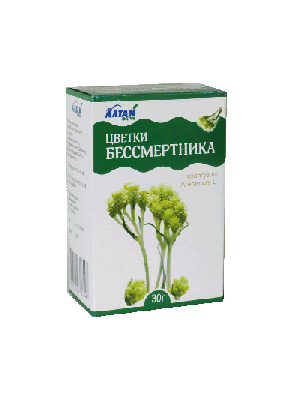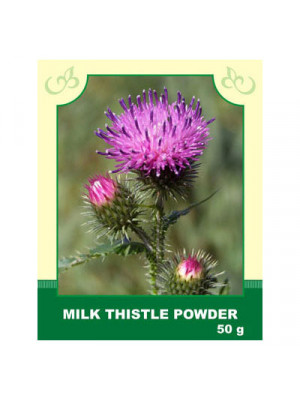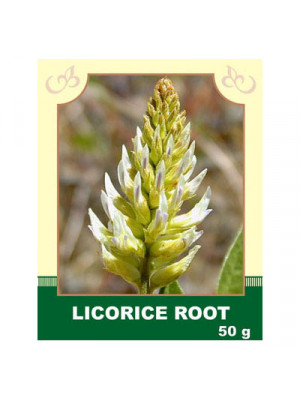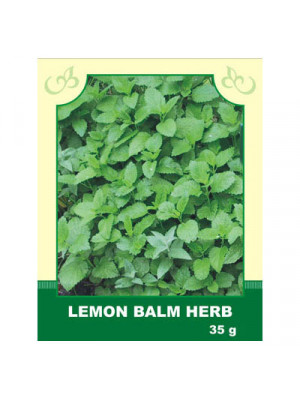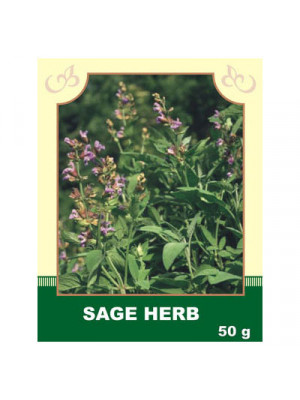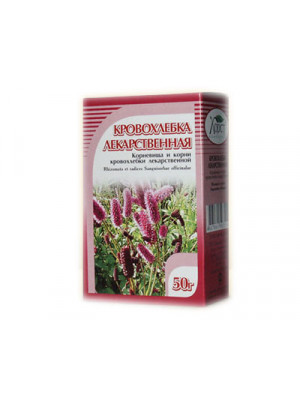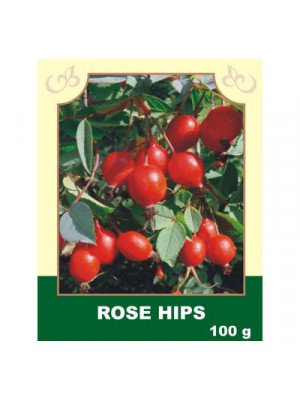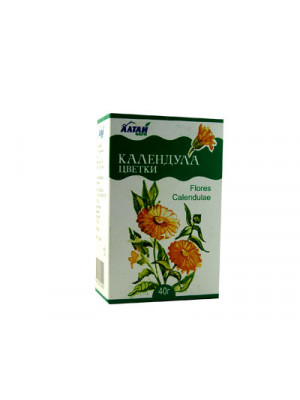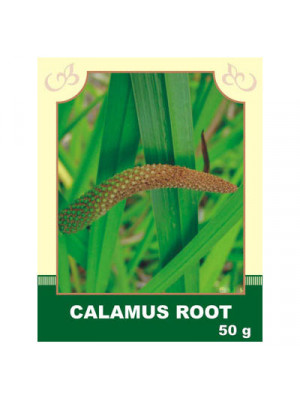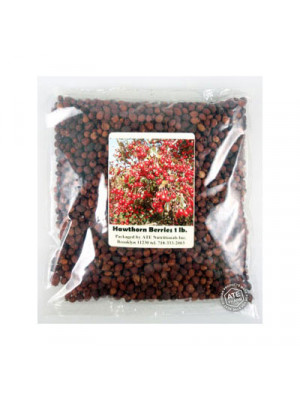Dry Herbs & Berries
If you like to use a lot of dry herbs and berries to create teas, wellness pads and an assortment of other items for well-being, our dry herbs and berries can provide you with a quick way to do it on your own. Each packet contains the herbs or berries of your choice that were freshly grown, chopped up and dried to perfection. Every herb and berries packet is 100% natural, with no artificial preservatives or added fillers. You're able to create a tasty blend with all that is provided from our large selection.
Internally, it is taken as a cholagogue for liver diseases, cholecystitis, hepatobiliary disease, gallstone disease; for stomach disorders, kidney and bladder diseases, especially in acute cystitis, in difficult and painful urination; as a hemostatic for uterine bleeding due to ovarian dysfunction and uterine fibroids; for furunculosis.
Method of application and dosage: 10 g of immortelle flowers are poured with 250 ml of boiling water. Infuse for 20 minutes, strain. Bring the obtained infusion to the original volume. Take 1/2 cup 2-3 times a day before meals.
Contraindications: Individual intolerance, jaundice, hypertension. Consult with a specialist before use.
$6.99In folk belief, 1 tablespoon of meal is thought to completely neutralize alcohol before a feast. The leaves of milk thistle are considered a mild laxative and diaphoretic.
The seeds are used for hepatitis, gallstone disease, colitis, hemorrhoids, diseases of the spleen, thyroid gland, as well as for salt deposits, edema, dropsy, obesity, radiculitis, and joint pain in allergic skin diseases, baldness, and psoriasis. The meal is effective in alcoholism, constipation, reduces blood sugar levels, purifies the blood, and treats varicose veins.
Method of application and dosage: Steep 1 teaspoon of seeds in 250 ml boiling water, infuse for 20 minutes, strain, and drink hot in small sips, one glass in the morning on an empty stomach, half an hour before lunch, and in the evening before bedtime.
For the meal, boil 30 g in 0.5 L of water on very low heat until half of the liquid evaporates. Strain, drink 1 tablespoon every hour from morning to evening, or take 1 tablespoon of powder 4-5 times a day 20 minutes before meals, washed down with water. The course of treatment is one month. If necessary, repeat the course after 2-3 weeks. Halve the doses for children.
Contraindications: Individual intolerance.
$5.99Internally: Taken as an expectorant for lung diseases accompanied by cough; as an anti-inflammatory spasmolytic for gastritis, peptic ulcer of the stomach and duodenum; as a laxative and regulating water-salt metabolism in diabetes; as part of medicinal mixtures as a diuretic and laxative.
Method of application and doses: 1 tablespoon of raw material is poured with 200 ml of boiling water, boiled for 15 minutes in a water bath, infused for 45 minutes, strained, squeezing out the remaining raw material. The ready infusion is brought to the original volume with boiled water and taken in 1 tablespoon 3-4 times a day.
Contraindications: Individual intolerance, pregnant women. Prolonged use is not recommended.
$5.99Internal use:
Take internally for nervous weakness, migraines, insomnia, general weakness, certain forms of asthma, colds, skin rashes, heartaches, palpitations, stomach and liver colic, anemia, and to improve metabolism.
Preparation and dosage: Pour 3 teaspoons of raw material with 200 ml of boiling water, infuse for 15 minutes, strain, squeezing the remaining raw material. Drink the warm infusion before bedtime in small sips, about a glass.
External use:
Externally, it is used for inflammation of the gums and furunculosis. Alcohol tincture is applied for rheumatic pains and myositis, compresses prepared from the herb are used as a pain reliever for bruises, arthritis, and ulcers. For baths: pour 75 g of raw material with 3 liters of boiling water, boil for 5 minutes, infuse until cooled, strain, and pour into the bath.
Contraindications: Individual intolerance.
$6.99
Description. The Latin name for sage, salvia, means to heal. Modern evidence supports its effects as an anhidrotic, antibiotic, antifungal, astringent, antispasmodic, estrogenic, hypoglycemic,diuretic and tonic. Ancient physician Hyppocrates considered sage to be a sacred and the most useful herb. For thousands of years sage has been used for a variety of medicinal purposes. It has been used in connection with sprains, swelling, ulcers, and bleeding. As a tea, sage has been administered for sore throats and coughs. Herbalists have also used this herb for rheumatism, menstrual bleeding, liver disorders, strengthening the nervous system, improving memory, and sharpening senses. Sage contains the chemical substances, camphor, and cineole as well as other constituents including rosmarinic acid, tannins, and flavonoids. Even today, in many European countries sage is used medicinally as a gargle for sore throat and inflammation of the mouth and gums. Use. Sage was recommended by herbalists for fever. Modern research has demonstrated that sage reduces perspiration by as much as 50 percent. Sage is also an active ingredient in some natural mouthwashes because its tannins are thought to help kill the bacteria that cause gingivitis. Sage has traditionally been used to treat canker sores, bleeding gums, sore throat, tonsillitis, and laryngitis. Sage has a long history of use for gastrointestinal disorders. It has been shown to help relax muscle spasms in the digestive tract. One German study has found that drinking a sage infusion reduced blood sugar levels in people with diabetes, but only when they took the infusion on an empty stomach. Sage has traditionally been used to promote menstruation; pregnant women should not consume highly concentrated forms of sage.
Attention! Before using any herbal products, make sure that you have full knowledge of how the herb works and any adverse reaction it may cause.$4.99Internal use: The infusion of the fruits is considered a general tonic in folk medicine and is taken for general weakness, anemia, lung diseases, colds, liver diseases, kidney diseases, peptic ulcer of the stomach and duodenum, and in the treatment of eye diseases.
Method of application and dosage: Pour 1 tablespoon of finely chopped raw material with 1 glass of boiling water for 3-4 hours, strain, and take 1/2 glass 3-4 times a day.
Contraindications: Individual intolerance, thrombosis, endocarditis, and circulatory failure.
$4.99- Calendula flowers have antiseptic, anti-inflammatory, mild sedative, choleretic, spazmaliticheskoe action$5.99
Internally, it is taken as a binding agent for stomach disorders, inflammation of the intestines, heartburn, and lack of appetite; for neurasthenia, convulsions, osteitis, bronchitis, pleurisy, diseases of the biliary tract, and in gynecology - for libido weakness, regulating the menstrual cycle, and enhancing sexual activity.
Method of application and dosage: 1 tablespoon is poured with 200 ml of boiling water, covered with a lid, and heated in a water bath for 15 minutes. Cooled for 45 minutes at room temperature, strained. The volume of the resulting infusion is brought to the original volume with boiled water. Take 1/4 cup 3-4 times a day 30 minutes before meals.
External use: applied for baldness and hair loss; for rinsing the oral cavity with stomatitis.
Contraindications: individual intolerance, during pregnancy, and with increased secretion (acidity) of the stomach.
$6.99
Description. Hawthorn is a plant very popular in Chinese and Japanese medicine. The plant is believed to strengthen cardiovascular function. Hawthorn is also used as an aid to lower blood pressure, lower cholesterol, and treat some heart related diseases. The herb called the hawthorn is one of the best herbs to boost the performance of the heart and the human circulatory system in general. Regular supplementation with this herb can thus help bring some balance blood pressure and it is considered to be excellent for heart. Use. Problems connected with poor circulation caused by aging arteries, problems of poor circulation towards the lower body and legs as well as problems like poor memory and confusion induced by a poor blood circulation to the brain can all be reduced by supplementation with the hawthorn herb. The herb also has an effective and remedial effect in angina. Hawthorn berries possess a potent and effective astringent effect - this is very effective in the treatment of problems such as diarrhea and dysentery in patients. The digestive system also benefits due to the relaxant action possessed by the hawthorn berries - the herbal remedy also boosts the appetite. Hawthorn herbal therapy also has an effective relaxing effect on the functioning of the nervous system, the herb aids in relieving excessive stress and anxiety, it helps in calming mental agitation, it lessens restlessness and reduces nervous palpitations. The herb also induces sleepiness in people affected by insomnia. The hawthorn berries can be made into an herbal decoction, which can be used as an astringent gargle for sore throats as well as an herbal douche for women affected by excessive vaginal discharges.
Attention! Before using any herbal products, make sure that you have full knowledge of how the herb works and any adverse reaction it may cause.$14.99


